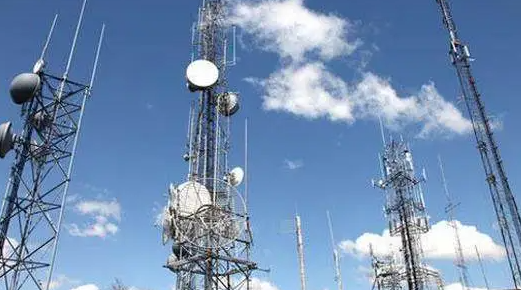Cisco is adding computing power and simplifying edge hardware and software products to make SD-WAN easier to deploy and manage.
Comprehensive enhancements are designed to help better handle the growing distributed enterprise, while also helping to simplify the environment – through hardware that allows users to combine multiple devices into one, and to simplify the configuration and management of SD-WAN software.
On the hardware side, Cisco is adding the 3U Catalyst 8500-20X6C edge platform to its Catalyst 8000 edge platform series. It is an edge aggregation device based on the Cisco Quantum Flow Processor (QFP) ASIC that promises more than three times the performance of existing high-end Catalyst 8500 series edge platforms, according to Archana Khetan, Cisco’s enterprise routing product lead. “With increased power, customers can support more users and reduce the number of boxes needed to support edge applications as needed,” Khetan said.
Khetan said the box, which features up to six 40/100GbE and 20 10/1GbE ports, is intended for campus locations and aggregation points to serve as a central connectivity hub for distributed sites. Available now.
The Catalyst 8000 edge platform family includes three models: the high-end 8500, the 8300 for branch users, and the software-based 8000V for virtual environments. Homes can share a feature set including advanced routing, SD-WAN, and Secure Access Service Edge (SASE). All models run Cisco’s IOS XE operating system software.
Cisco also announced the E-Series M6 Compute Module for its Unified Computing System servers. According to Khetan, the module will be available in the first half of this year and is expected to have twice the processing power and 10 times the I/O capacity compared to previous generations. “M6 is ideally suited for customer environments where they want to incorporate more edge computing into the platform and better handle process-intensive business applications and network services,” Khetan said.

The new modules are available on Catalyst 8300 Series edge platforms for remote branch offices and are compatible with Cisco’s existing installed base of ISR/ASR routers.
Cisco also upgraded the Catalyst 8000V with a 16 vCPU image that can connect branch or aggregation devices and use SD-WAN to connect to the cloud over IPsec. The new vCPU will be available in April.
In the area of device aggregation, Cisco has integrated its Catalyst wireless gateway hardware with its Cisco SD-WAN remote access. As part of its overall SD-WAN package, Cisco SD-WAN Remote Access can be located on-premises, in the cloud, or in a colocation facility and provides SD-WAN access over the Internet.
By integrating wireless gateways with SD-WAN remote access, enterprises can deploy SD-WAN to smaller sites with Wi-Fi and cellular capabilities on a single piece of hardware, Khetan said. Integrated integration packages can be centrally managed through Cisco’s cloud-based vManage service.
Cisco’s SD-WAN software package version 17.10 also contains upgrades designed to simplify the configuration and management of the system.
JP Shukla, director of product management for Cisco Enterprise Cloud, said the first new feature is the workflow configuration feature in vManage, which allows configurations and policies to follow the device even if its location changes without having to manually reset them. SD-WAN group. In the past, Shukla said, the software featured provisioning configuration templates that customers had to update as resources moved around. “Now we have end-to-end configuration as part of the workflow. Those workflows are defined based on customer type, and we’re leveraging a lot of smart defaults to make it more flexible in terms of multi-device configuration.”
The second improvement allows customers to set labels on certain devices in the network to better define the network or system to which that resource belongs.
“Customers can now tag routers or devices across their network and say, ‘Hey, this router belongs to,’ for example, ‘Belongs to my North American region or my European region,'” Shukla said. “These devices can have multiple such tags in case they support access to multiple resources. The idea is that it gives customers more ease and flexibility to make your configuration consistent across the network.”
Another new feature makes it easier for customers to set security and routing policies across multi-region SD-WAN fabrics, Shukla said. “If the topology is large enough, then defining the policy in its entirety becomes a bit complex, but the new functionality allows customers to define certain parameters of the Multi-Region Fabric and the system will automatically optimize them,” he said.
According to Cisco, Cisco SD-WAN Multi-Region Fabric (MRF) can divide an SD-WAN environment into multiple regional networks that operate independently of each other, and a central core regional network that manages traffic between regions. It can support existing software-defined cloud interconnect (SDCI) systems to significantly extend the scope and control of SD-WAN environments. SDCI technology is used to link enterprise resources to various cloud, network and internet service providers. Historically, Cisco customers could use SDCI but not MRF in their SD-WAN deployments.